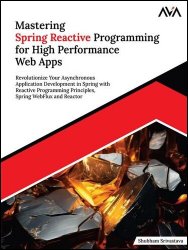- Добавил: literator
- Дата: 20-10-2024, 14:48
- Комментариев: 0
 Название: Python Cookbook: Everyone can cook delicious recipes 300+
Название: Python Cookbook: Everyone can cook delicious recipes 300+Автор: Hernando Abella
Издательство: Aluna Publishing House
Год: 2024
Страниц: 486
Язык: английский
Формат: pdf, epub, mobi
Размер: 10.1 MB
Learn to cook delicious and fun recipes in Python. codes that will help you grow in the programming environment using this wonderful language. Some of the recipes you will create will be related to: Algorithms, classes, flow control, functions, design patterns, regular expressions, working with databases, and many more things. Learning these recipes will give you a lot of confidence when you are creating great programs and you will have more understanding when reading live code. Algorithms are step-by-step procedures or formulas for solving problems and performing tasks. They are the backbone of Computer Science, enabling efficient data processing and decision-making. An algorithm takes input, processes it through a series of well-defined steps, and produces an output. They can range from simple arithmetic operations to complex data structures and sorting techniques. Effective algorithms are characterized by their efficiency, scalability, and clarity. Understanding and designing algorithms are crucial for optimizing performance and resource utilization in software development.









